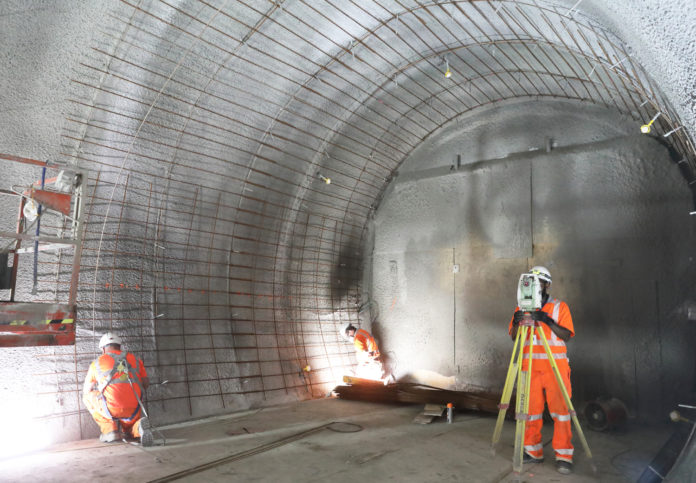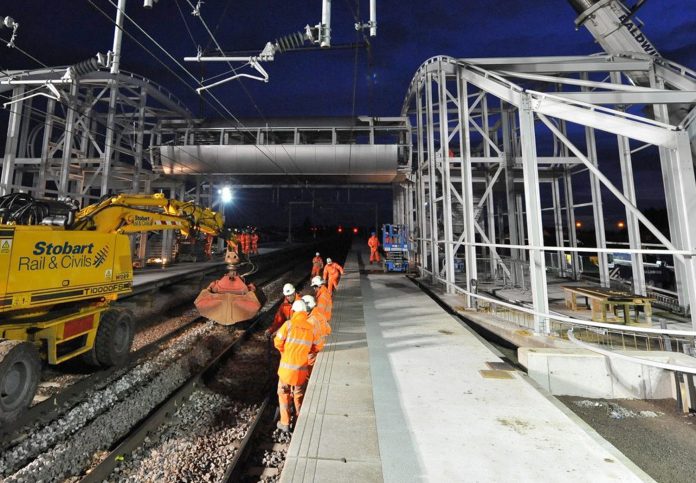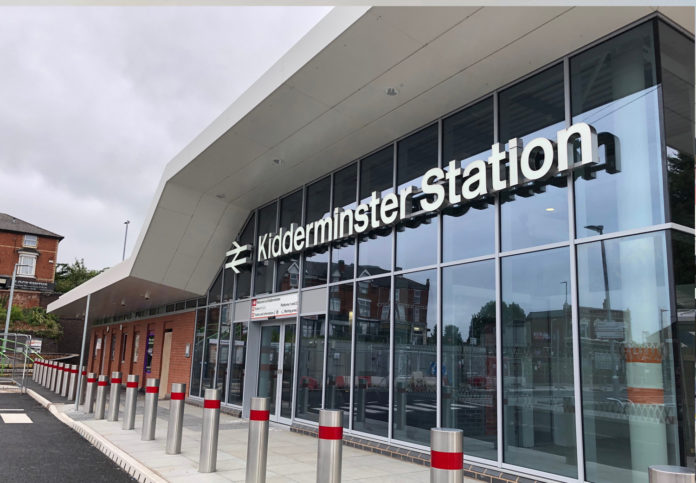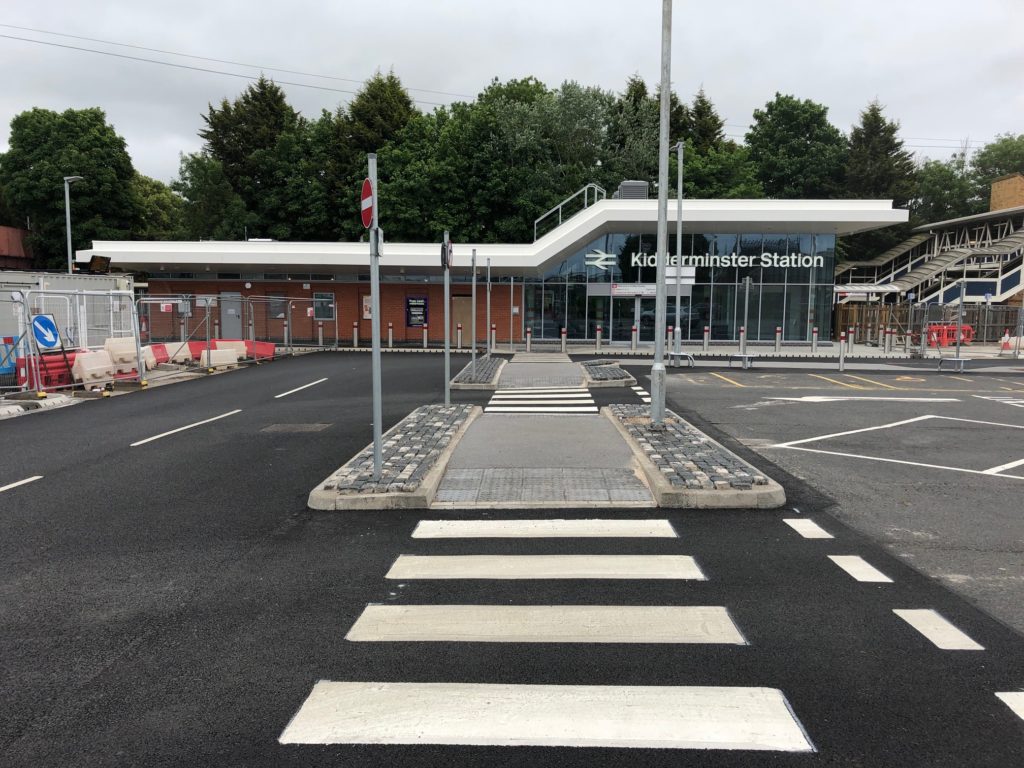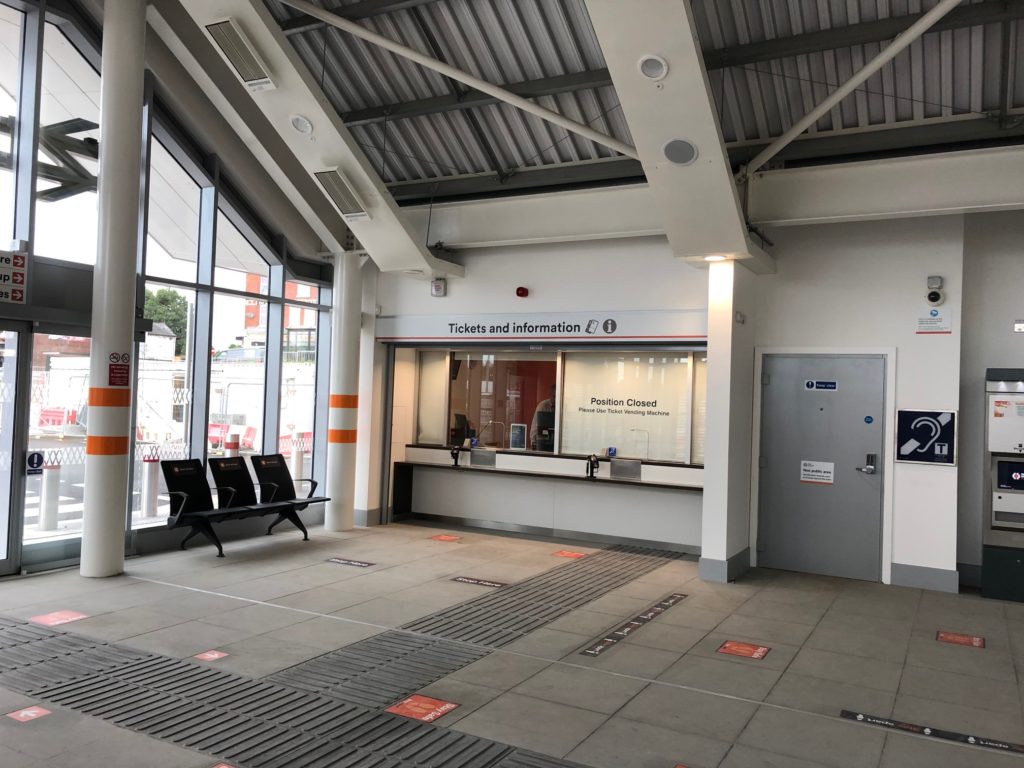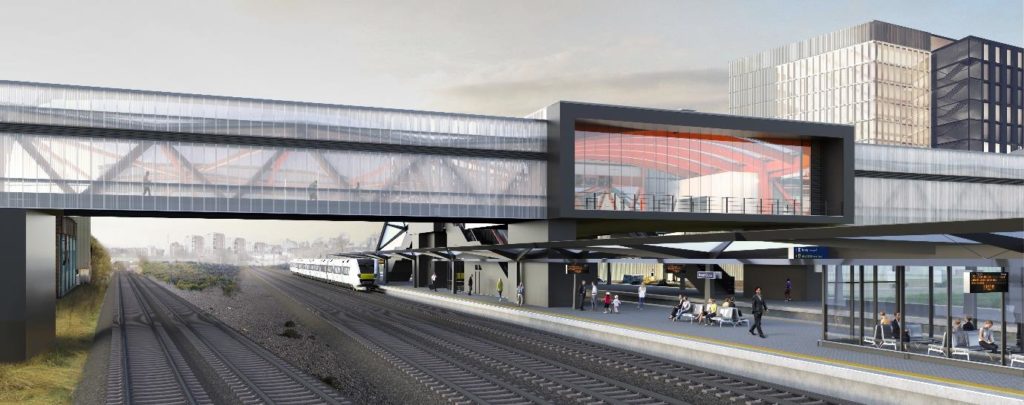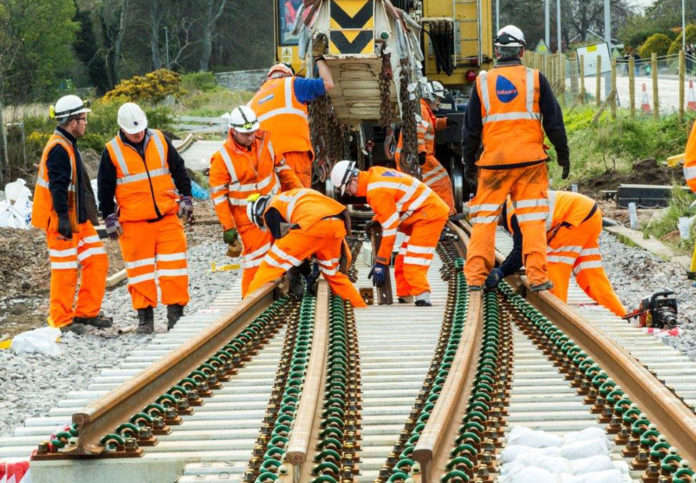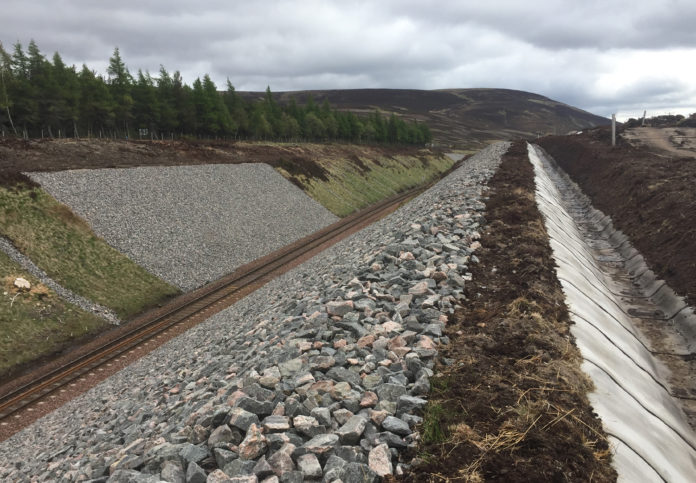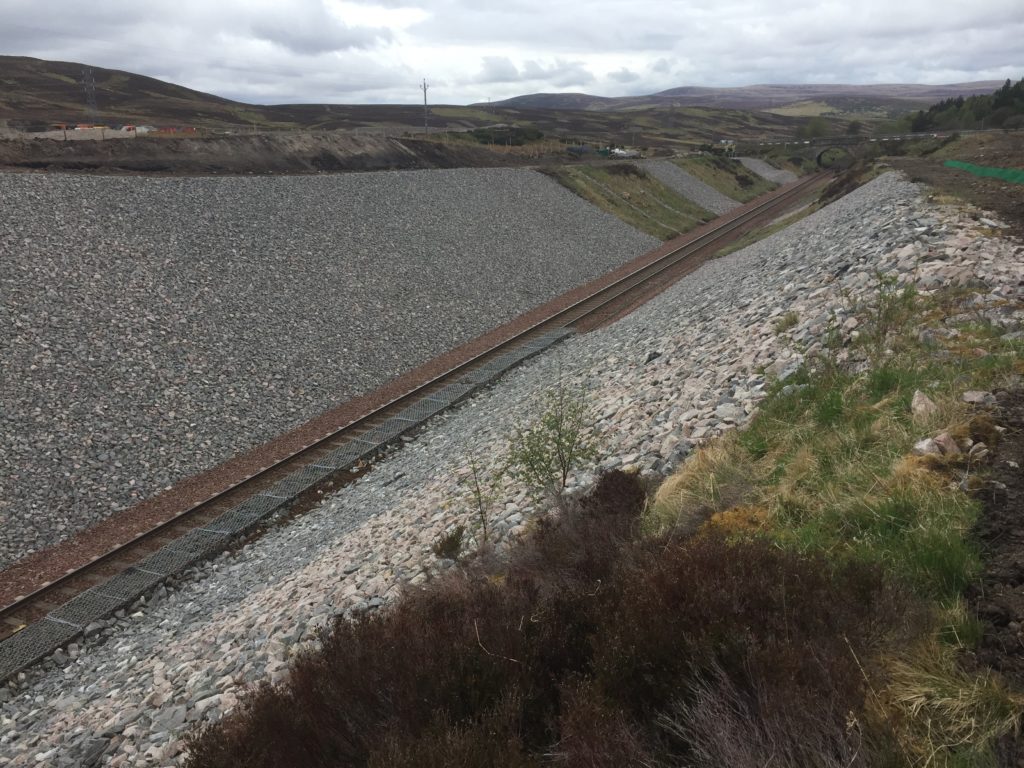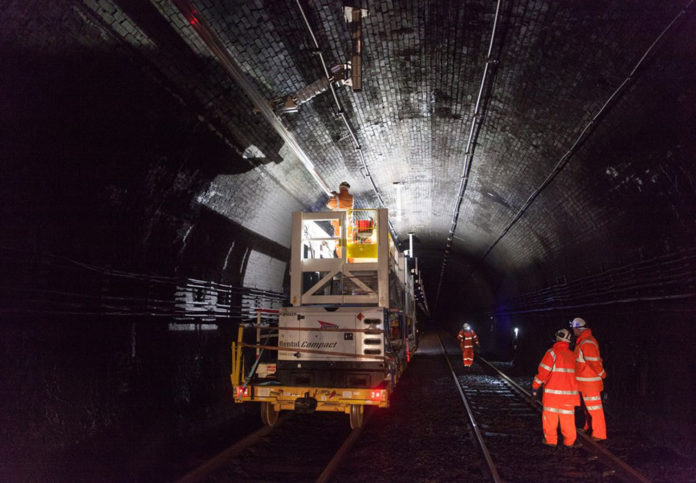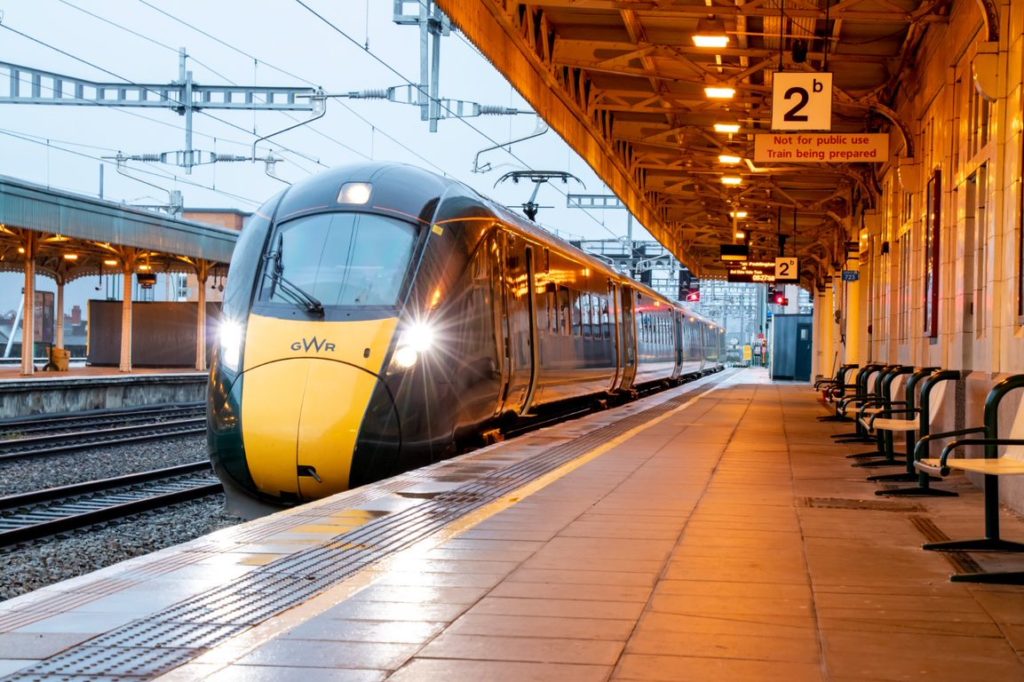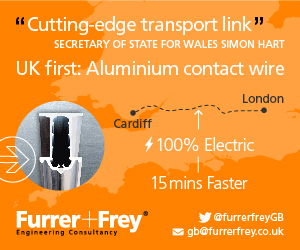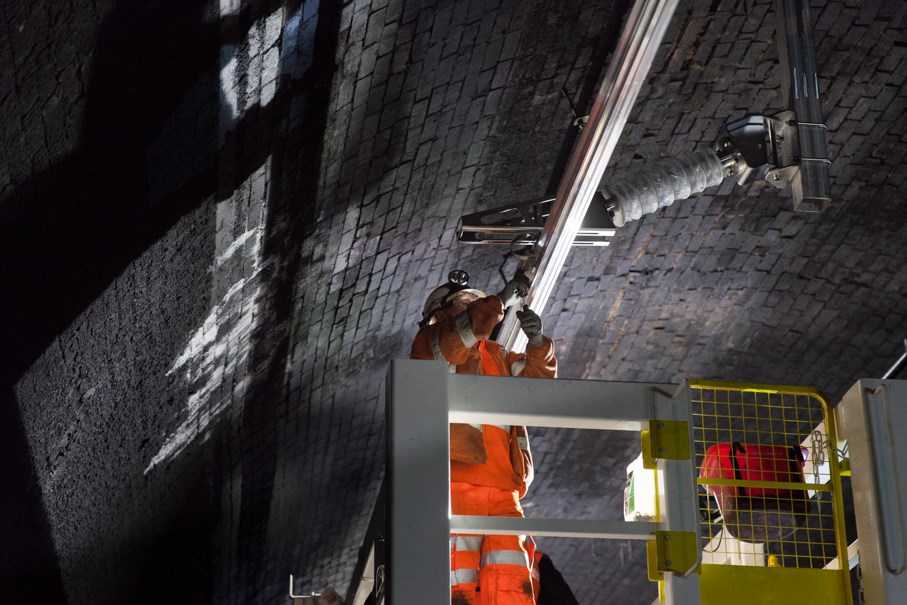As the Covid-19 lockdown eases, work on a number of Transport for London (TfL) construction projects has resumed, with more restarting in the coming weeks.
Work was halted at around 300 TfL sites in late March to help prevent the spread of coronavirus. Since then, design and other preparatory work on many of these projects has continued, with staff and many of TfL’s contractors working from home.
Over the next few weeks, site preparation to accommodate social distancing and construction work will safely begin in a phased way on a number of projects across the capital. These include major capacity improvements and extensions for Tube and rail, such as the Northern Line Extension to Battersea, the Bank Station Capacity Upgrade and the extension of London Overground to the new housing development at Barking Riverside.
TfL is working closely with its contractors and supply chain to ensure all sites operate safely and fully comply with the latest guidance from the government and Public Health England. The changes being made include:
- Staggered shifts and breaks to spread journeys outside peak periods and prevent large groups;
- Clear signage for social distancing and one-way walking routes;
- Additional staff welfare areas;
- Additional hand-washing facilities and sanitising stations;
- Reconfigured canteens and access to personal hand sanitisers.
All sites will have a reduced number of people working at any one time, with some sites having an additional site supervisor to ensure social distancing is maintained. Workers will be further supported at some sites by welfare wardens, who will control access to common areas and changing facilities, so they do not become crowded.
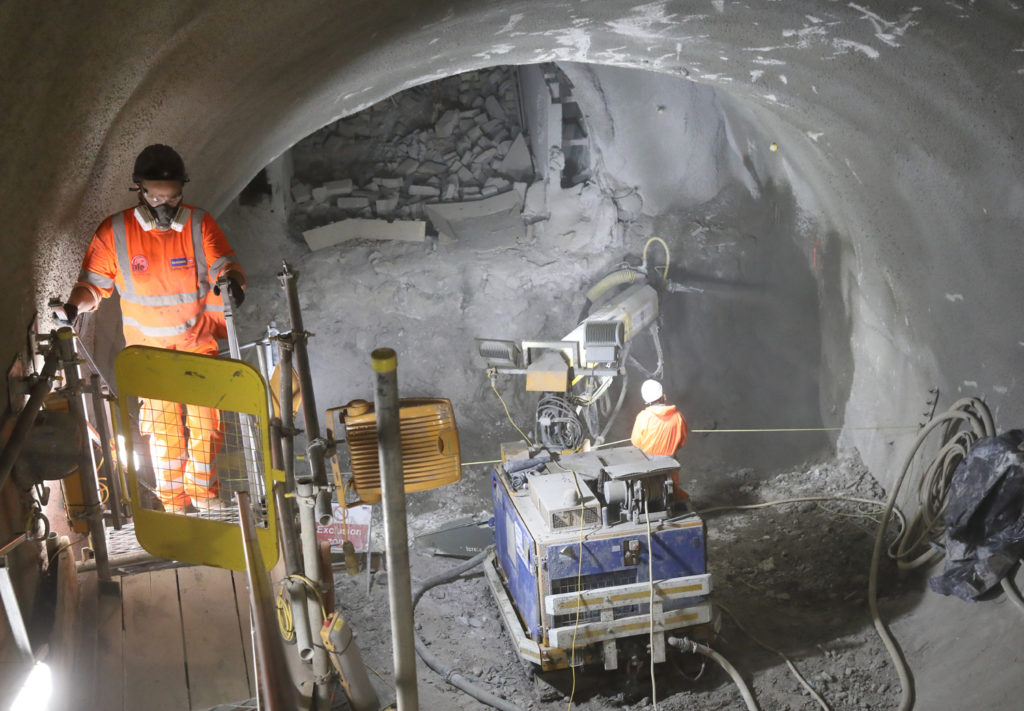
Deliveries to sites are also being adapted. Every effort is being made to keep deliveries to a minimum and any delivery drivers must now enter sites with windows wound up. Instead of signing for goods being delivered, photographs are being taken.
Heidi Alexander, Deputy Mayor for Transport, said: “It’s really positive that work can now safely resume on key transport infrastructure projects, which will help to kickstart London’s economic recovery.
“It’s vital that construction workers make journeys to sites on foot or by bike if at all possible in order to keep services safe for those who really need it. If workers have to travel on public transport, I’m pleased that our plans for staggered shifts will help them avoid the busiest times.”
Stuart Harvey, director of major projects, said: “Our number one priority is always the safety of staff on our sites as well as the surrounding communities. We have carefully developed our plans and adapted our worksites by working closely with our supply chain.
“It is a positive step that work can safely recommence on upgrades and key transport infrastructure projects that are so vital for the capital. We will continue to keep activity at all sites under review and ensure we continuously evaluate and improve our approach with safety at the forefront of all that we do.”
As work resumes, TfL will assess what effect the new ways of working will have on delivery schedules for the individual projects, subject to longer-term funding being received.
Opportunities to restart work on other projects continue to be reviewed across TfL’s capital delivery programme and further updates will follow as soon as they are available.


